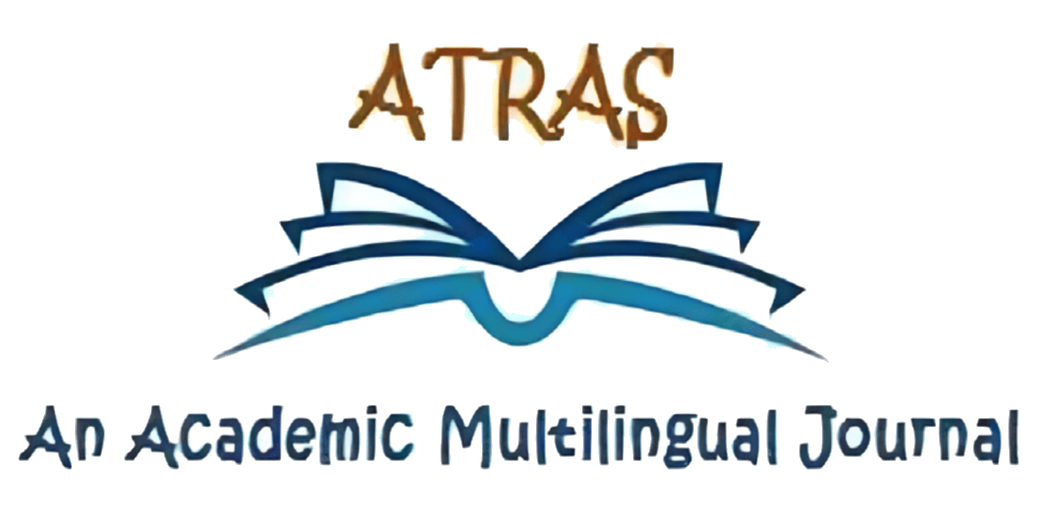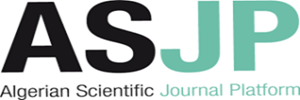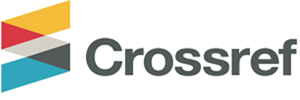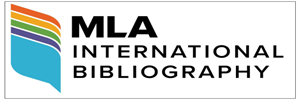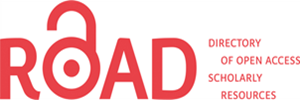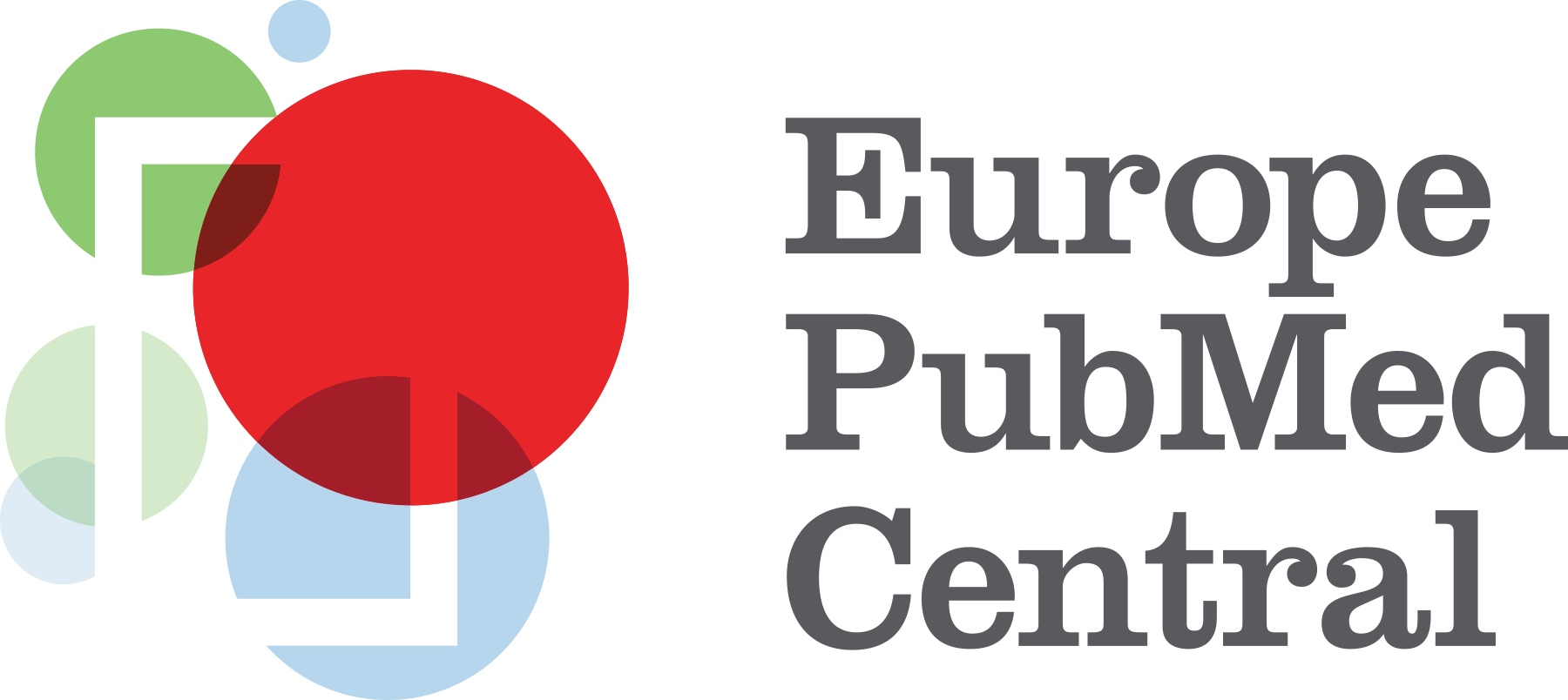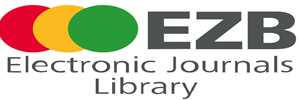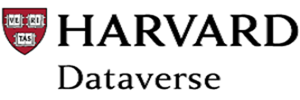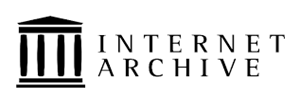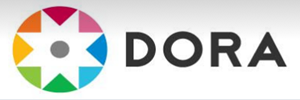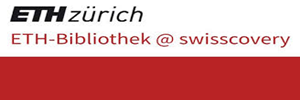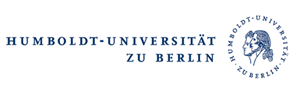Title: Factors Facilitating the Perpetration of Medical Identity Theft: A Case of Ahmadu Bello University Teaching Hospital (ABUTH), Zaria
Akeem Olalekan Ayub
Department of Sociology, Federal University Gusau, Zamfara
Abstract
Medical Identity Theft is a pressing concern in healthcare systems, influenced by intricate motivations and vulnerabilities. This study investigates facilitating factors
behind MIT, uncovers internal vulnerabilities, and proposes mitigation strategies. This study contributes to patient well-being and trust by fostering a secure healthcare
environment through holistic MIT prevention strategies. A mixed-methods approach was employed, encompassing quantitative and qualitative aspects to explore the perpetration of MIT, Zaria, a significant healthcare institution. The diverse sample of 388 participants, including patients, healthcare providers, and stakeholders, was obtained through stratified random sampling. Structured interviews and questionnaires gathered primary data.
Findings showcase a diverse workforce with a mid-career presence and gender distribution in technical roles. Significant facilitating factors for MIT encompass
financial gain, fraudulent service access, and expense avoidance, necessitating robust patient identification procedures and comprehensive strategies. Internal vulnerabilities
and inadequate data security underscore the need for enhanced measures, updated systems, and education. Respondents endorse a multifaceted approach, advocating
biometric identification, authentication, patient photograph display, unique identifiers, access controls, staff training, real-time data verification, audit trails, data encryption,
and patient education. Collaboration, awareness, and technology emerge as key elements in safeguarding patient data, ethical healthcare standards, and integrity. Findings
advocate a comprehensive approach, emphasizing collaboration, awareness, and technology in addressing MIT
Keywords:
Healthcare Security, Internal Vulnerabilities, Medical Identity Theft, Mitigation Strategies, Patient Data Protection
How to Cite this Paper:
Akeem, O. A. (2024). Factors Facilitating the Perpetration of Medical Identity Theft: A Case of Ahmadu Bello University Teaching Hospital (ABUTH), Zaria. Atras Journal, 5(1), 84-101
References
Alexander, M. (2022). Your medical records, stolen. Available at ReadersDigest.com.
Allstate Identity Protection (2022). Why is the Healthcare Industry the Biggest Victim of Identity Theft and Data Breaches? Available at
https://www.allstateidentityprotection.com/business/content-hub/why healthcareindustry-biggest-victim-of-identity-theft-and-data-breaches
Biegelman, M. T. (2012). Medical identity theft. In S. K. Johnson (Ed.), Identity Theft Handbook (pp. 97–112). John Wiley& Sons, Inc.
http://onlinelibrary.wiley.com/doi/10.1002/9781119203162.ch8/summary
Chen, L., & Wang, Y. (2022). “Language Barriers and Patient Identification Errors.”Health
Communication Research, 10(4), 210-225.
British Columbia Crime Prevention Association. (2017). Identity Theft Victim’s Toolkit.https://bnra.assistidentite.com/assets/docs/en/IDAssist-Toolkit.pdf
Dixon, P., & Emerson, J. (2017). The Geography of Medical Identity Theft. World Privacy
Forum. Available at https://www.ftc.gov/system/files/documents/public_comments/2018/01/00037- 142815.pdf
Garcia, R. (2023). Provider Negligence and MIT Vulnerabilities.Healthcare Ethics Review,
20(3), 112-128.
Gupta, S., & Sharma, R. (2023). Automated Registration Processes and MIT Risk Reduction.
Health Information Management Journal, 17(3), 150-165.
Hedstrom, K., Karlsson, F., & Kolkowska, E. (2013). Social action theory for understanding information security non-compliance in hospitals: The importance of user rationale.
Information Management & Computer Security, 21(4), 266-287.doi:10.1108/imcs-08-2012-0043
Jones, A. (2023). “Family Dynamics and Unauthorized Access in Healthcare.”Journal of
Medical Privacy, 15(2), 78-92.
Kassem, R. & Higson, A. (2012). The New Fraud Triangle Model. Journal of Emerging Trends in Economics and Management Sciences (JETEMS), 3(3), 191-195.
Kim, S., & Lee, H. (2022). Unauthorized Access to Electronic Medical Records and MIT.
Health Data Security Journal, 18(1), 45-60.
Miller, J., & Evans, K. (2023). “Implementing Biometric Solutions for MIT
Prevention.” Journal of Healthcare Security, 16(1), 30-45.
National Health Agency. (2018). Anti-Fraud Guidelines. Ayushman Bharat –Pradhan Mantri Jan ArogyaYojana (PMJAY).
Nguyen, T. (2022). Role of Compliance Regulations in MIT Mitigation. Journal of Healthcare Compliance, 9(2), 78-92.
Ponemon Institute. (2013). Survey on Medical Identity Theft. Available at
https://www.ponemon.org/local/upload/file/2013%20Medical%20Identity%20Theft%2
0Report%20FINAL%2011.pdf
Robinson, E. (2022). Staff Training and Awareness Programs for MIT Prevention. Journal of Healthcare Training, 14(4), 200-215.
Smith, R. G. & Jorna, P. (2018). Counting the costs of identity crime and misuse in Australia,
2015–16. Statistical Bulletin no. 15. Canberra: Australian Institute of Criminology. Available at https://aic.gov.au/publications/sb/sb15
Stephens, R. (2020). 5 Tips for preventing medical identity theft in healthcare. Available at https://www.rightpatient.com/blog/five-tips-preventing-medical-identity-theft/
US Department of Health and Human Services. (2022).Medical Identity Theft. Available at (https://oig.hhs.gov/fraud/medical-id-theft/index.asp)
World Privacy Forum. (2022).Medical Identity Theft. Available at https://www. worldprivacyforum.org/category/med-id-theft/

Copyright for all articles published in ATRAS belongs to the author. The authors also grant permission to the publisher to publish, reproduce, distribute, and transmit the articles. ATRAS publishes accepted papers under the Creative Commons Attribution-NonCommercial 4.0 International (CC BY-NC 4.0) License. Authors submitting papers for publication in ATRAS agree to apply the CC BY-NC 4.0 license to their work. For non-commercial purposes, anyone may copy, redistribute material, remix, transform, and construct material in any media or format, provided that the terms of the license are observed and the original source is properly cited.
